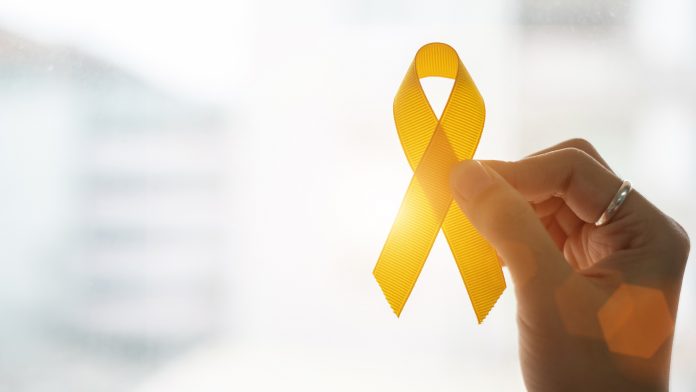Researchers at the Children’s Cancer Institute have discovered a combination of therapies that appear highly effective at combatting neuroblastoma and other forms of aggressive childhood cancer.
Approximately half of neuroblastoma newly diagnosed children are ‘high-risk’ which means that the cancer spreads aggressively and is incredibly difficult to treat. Unfortunately, in spite of receiving intensive treatment, the majority of children with high-risk disease pass away within five years of diagnosis, and those that do survive are usually left with serious long-term health effects.
The senior author of the paper – published in the journal, Clinical Cancer Research – and co-head of the Molecular Targets and Cancer Therapeutics theme at Children’s Cancer Institute, Professor Michelle Haber, explained that children diagnosed with high-risk neuroblastoma have less than a 50% chance of survival. “That is a devastating prognosis. We are absolutely determined to find better ways to treat this disease and improve that survival rate.”
The team’s research centres on two types of therapies, both of which have proven to be highly effective against high-risk neuroblastoma in the laboratory. The first therapy, CBL0137, is a compound known as a curaxin, and is structurally similar to antimalarial drugs. The second is Panobinostat, a new compound known as a histone deacetylase inhibitor.
As part of their research, the team investigated whether the two therapies could work synergistically when applied together, each boosting the anticancer effects of the other. They discovered that the two compounds worked very effectively together, preventing the growth of cancer cells in culture, and in mice bred to develop human high-risk neuroblastoma. As well as this, the therapies worked in conjunction with each other to enhance the body’s immune response to cancer, which is essential since immunotherapy in neuroblastoma is currently difficult.
“In our experiments, we found that the combination of CBL0137 and panobinostat resulted in remarkable growth suppression and an immune response that was tumour-specific,” said Professor Haber. “This is very encouraging, because ideally you want a cancer treatment to specifically target cancer cells and leave healthy cells unharmed, reducing the problem of side effects.”
Joint first author, Dr Lin Xiao, who is also the Research Officer in the Experimental Therapeutics Group at the Institute added, “When we used these two compounds together in mice with high-risk neuroblastoma, we saw complete and lasting tumour regression, with minimal ill-effects on the mice. Our results suggest that this combination could work well as a type of immunotherapeutic approach to treating high-risk neuroblastoma.”
Additional research at the Children’s Cancer Institute has indicated that this type of multimodal therapy is also very efficient against other high-risk childhood cancers, such as several forms of brain cancer. The team is hopeful that these results will result in a new therapy for aggressive childhood cancer.









